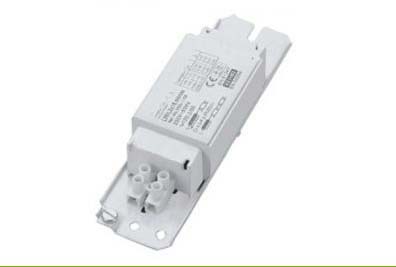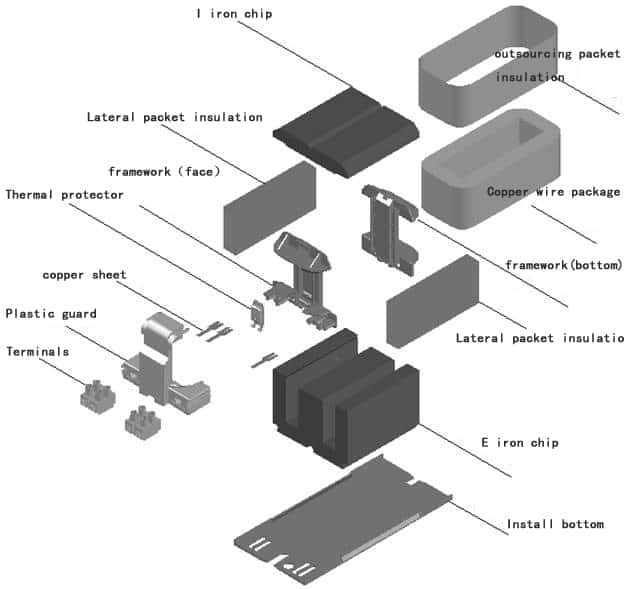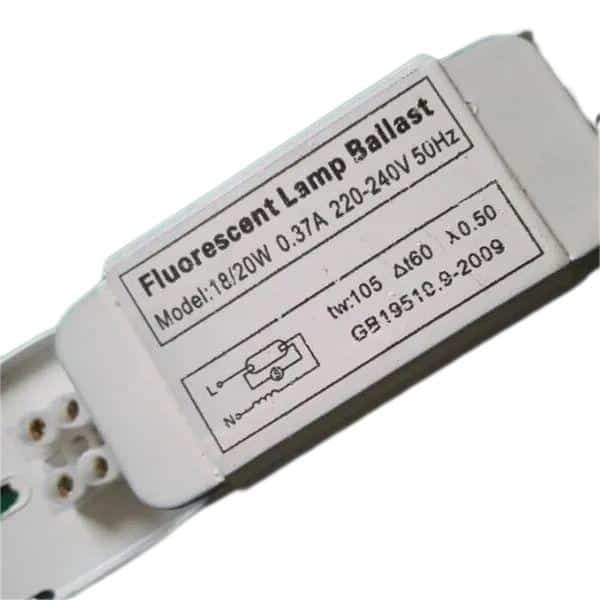A fluorescent light ballast is a critical component in ensuring the proper functioning of fluorescent lighting systems. While often overlooked, understanding the internal components of a ballast can help with troubleshooting issues, maintaining optimal performance, and even extending the life of the lighting system. This article explores the intricate workings and components inside a fluorescent light ballast.
What Is a Fluorescent Light Ballast?
A fluorescent light ballast is an electrical device that regulates the voltage and current flowing to a fluorescent lamp. Its two primary roles are to provide the initial surge of high voltage needed to ignite the lamp and to stabilize the current once the lamp is operational. Without a ballast, a fluorescent light would either not illuminate or could overheat due to an uncontrollable flow of electricity.
Internal Components of a Fluorescent Light Ballast
The internal design of a fluorescent ballast varies depending on whether it is magnetic or electronic. However, the essential components remain consistent across both types.
Core and Coil Assembly (Magnetic Ballasts)
Magnetic ballasts rely on a combination of an iron core and a wire coil to control electrical current. The coil generates a magnetic field that helps regulate voltage fluctuations. This simple yet effective mechanism was the standard for many years but has largely been replaced by electronic ballasts due to their bulk and inefficiency.
Electronic Circuitry (Electronic Ballasts)
Modern electronic ballasts use advanced circuit boards with components such as transistors, diodes, and integrated chips. These elements allow for precise control over high-frequency electrical currents, enabling smoother operation, reduced flickering, and improved energy efficiency.
Capacitors
Capacitors play a vital role in stabilizing the flow of electricity. By storing and releasing electrical energy as needed, they prevent voltage spikes and help reduce flickering. Capacitors also contribute to the overall efficiency of the ballast, ensuring consistent performance.
Ignitor or Starter
The ignitor or starter is responsible for initiating the lamp’s operation. In magnetic ballasts, the starter preheats the lamp electrodes, allowing the gas inside the tube to ionize and emit light. In electronic ballasts, this process is more streamlined, with high-frequency pulses replacing the need for preheating.
Resistors and Inductors
Resistors and inductors are used to fine-tune the flow of electricity within the ballast. Resistors help control the amount of current passing through, while inductors assist in managing magnetic fields and voltage regulation.
Protective Elements
To ensure safety, ballasts often include protective components such as thermal cutoffs and insulated casings. These features prevent overheating, short circuits, and potential damage to the lamp or the ballast itself.
Comparison of Magnetic and Electronic Ballasts
Magnetic ballasts, built with core-and-coil assemblies, are heavier and less efficient than their electronic counterparts. They often produce a humming sound and can cause flickering. Electronic ballasts, on the other hand, are lighter, more compact, and operate at higher frequencies, eliminating noise and flickering. While both types perform similar functions, electronic ballasts are more commonly used today due to their superior energy efficiency and reliability.
Materials Used in Ballast Construction
The construction materials for ballasts also differ based on type. Magnetic ballasts are typically made with iron cores and copper or aluminum wiring, designed for durability. In contrast, electronic ballasts incorporate lightweight semiconductor materials, plastic or metal casings, and advanced insulation to accommodate their compact and efficient designs.
How These Components Work Together
When a fluorescent lamp is turned on, the ballast delivers a high starting voltage to the lamp, allowing the gas inside the tube to ionize. Once the lamp is lit, the ballast reduces the voltage and stabilizes the current, ensuring a steady and safe flow of electricity. Components such as capacitors and resistors work in unison to manage this process, while the protective elements safeguard against overheating or electrical surges.
Common Issues Related to Internal Components
Over time, components inside a ballast can fail, leading to performance issues. For example, a faulty capacitor might cause flickering or dimming, while a damaged coil in a magnetic ballast could result in overheating. Signs of a malfunctioning ballast include buzzing sounds, inconsistent light output, or failure to start. Regular maintenance and timely replacement of faulty parts can help prevent these issues.
Advancements in Ballast Design
Recent innovations in ballast technology have led to the development of smarter, more energy-efficient designs. Modern ballasts are often integrated with IoT capabilities, allowing for remote control and monitoring. Additionally, manufacturers are increasingly using eco-friendly materials and adhering to strict energy standards, making ballasts more sustainable and efficient.
Final Words:
Inside every fluorescent lamp ballast lies a carefully engineered assembly of components designed to regulate power and ensure reliable lighting. From the traditional magnetic designs to advanced electronic circuits, these components work together to provide safety, efficiency, and longevity. Understanding what’s inside a ballast not only demystifies this critical device but also empowers users to make informed choices when maintaining or upgrading their lighting systems.



